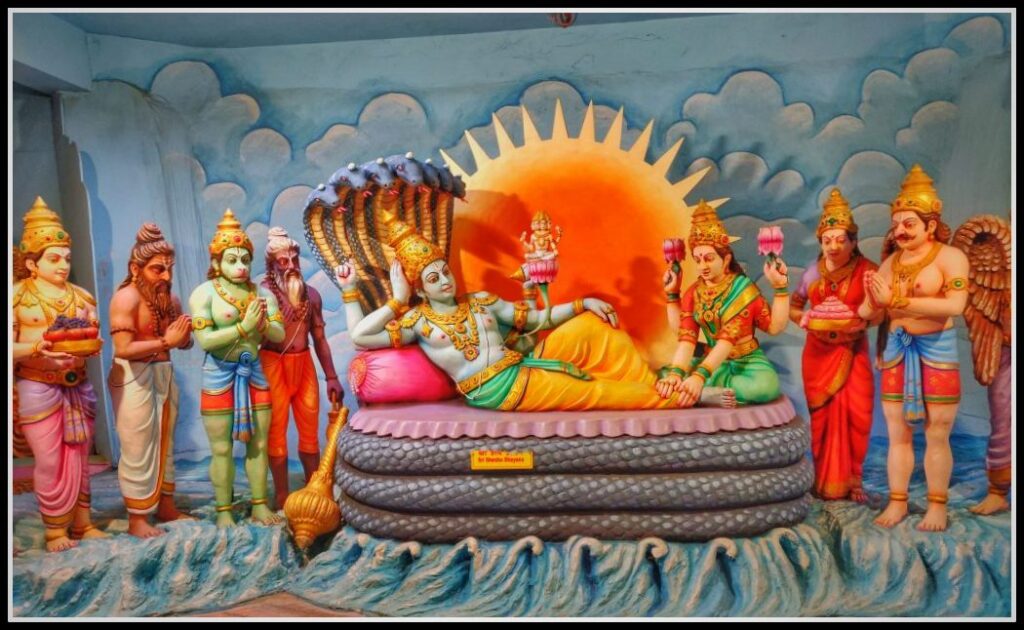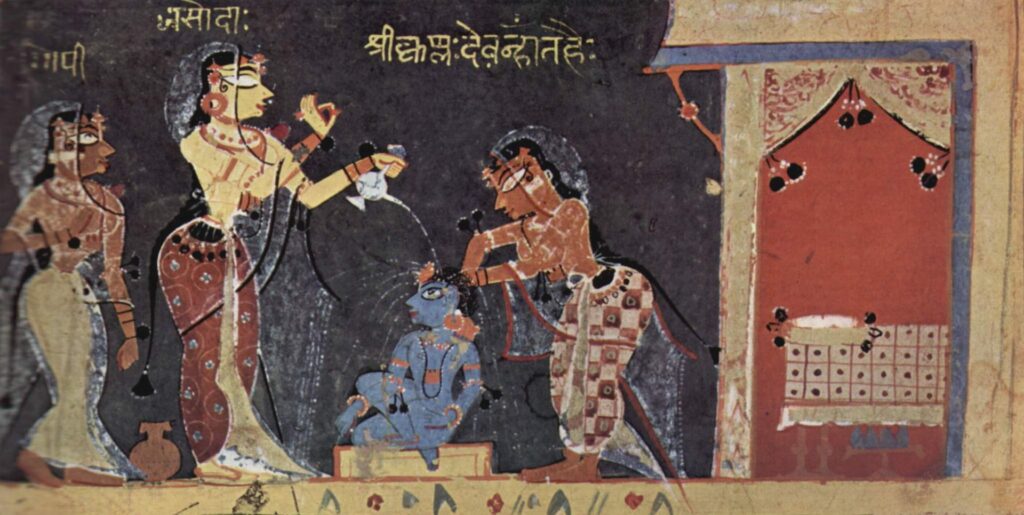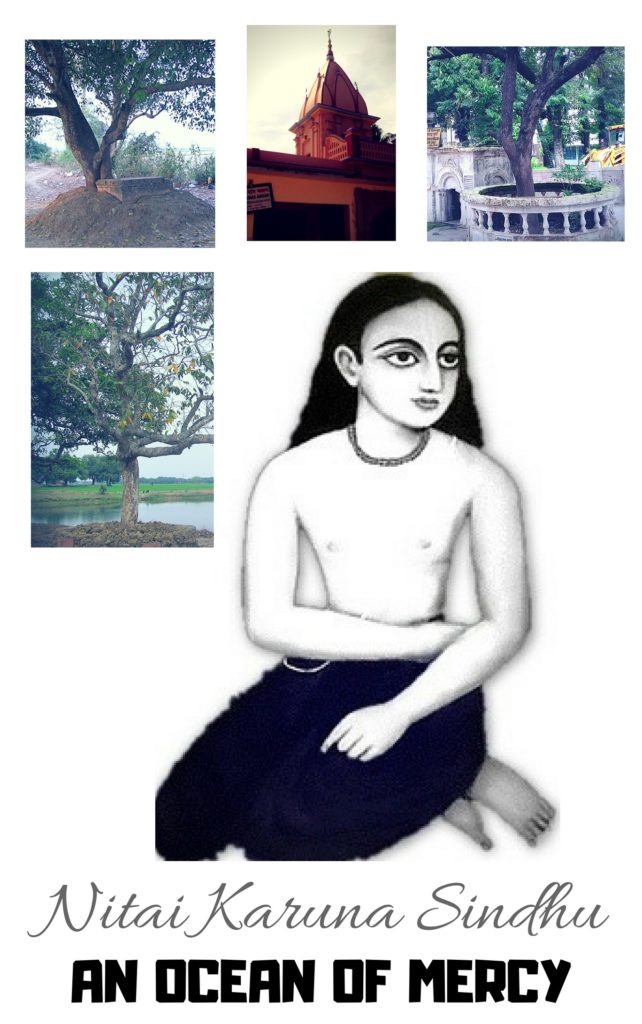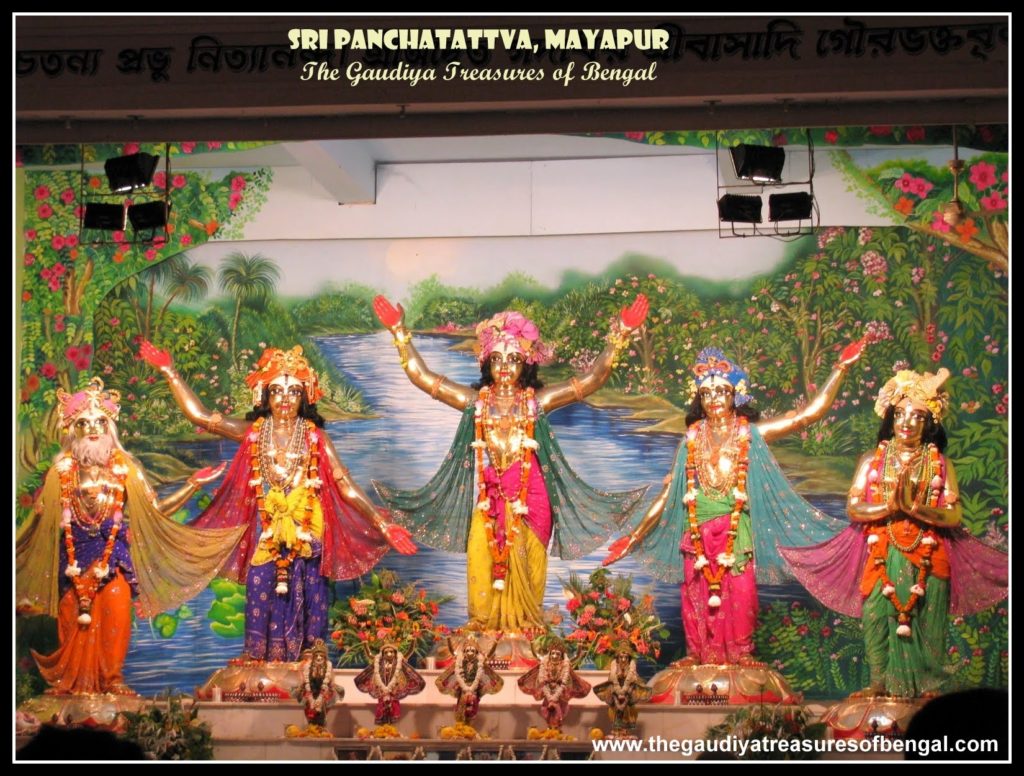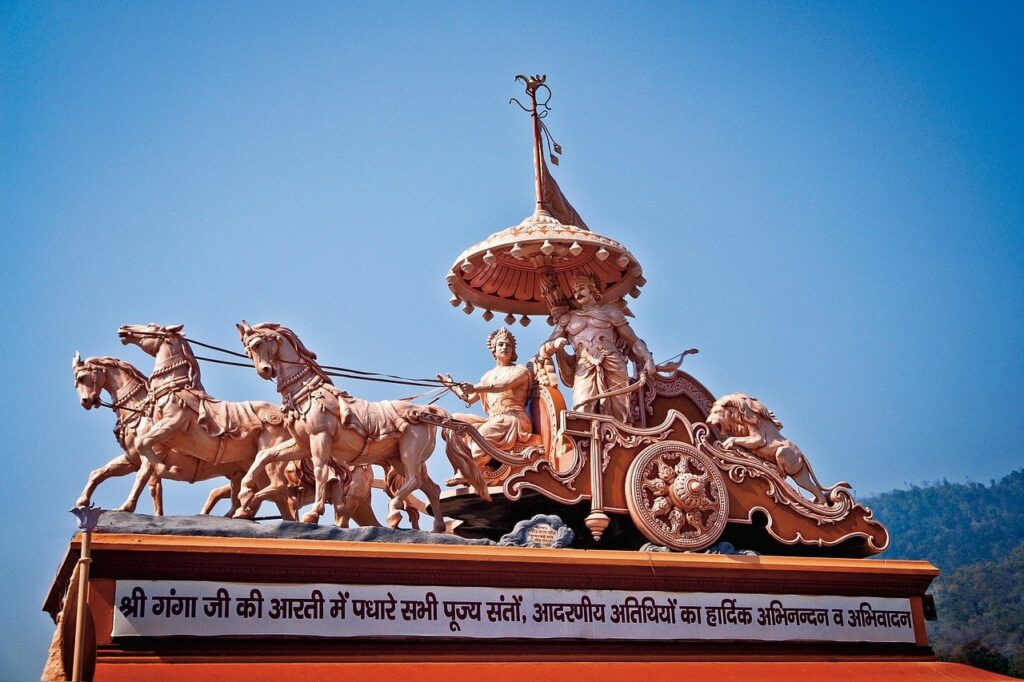
The following article provides a detailed account of the momentous 18-day Kurukshetra War as narrated by Sanjaya to Dhritarashtra. Known as the epic Mahabharata, the Kurukshetra War stands as a central theme within this Hindu epic. The conflict unfolded between two factions of cousins, namely the Kauravas and the Pandavas, in a gripping struggle for the rightful dynastic succession to the throne of Hastinapura, situated in the ancient Indian kingdom of Kuru.
This monumental clash saw a multitude of ancient kingdoms joining forces as allies of their respective sides, amplifying the scale of the confrontation that transpired on the sacred battleground of Kurukshetra, now situated within the boundaries of the modern Indian state of Haryana. In the heart of this grand spectacle, Duryodhana commanded an impressive army of 11 Akshouhinis, while the Pandavas marshaled a force of 7, collectively totaling eighteen formidable divisions. Remarkably, the epic itself comprises eighteen chapters, each unveiling a distinct facet of the unfolding narrative. The conflict spanned an exact eighteen days, from the break of dawn to the setting sun.
